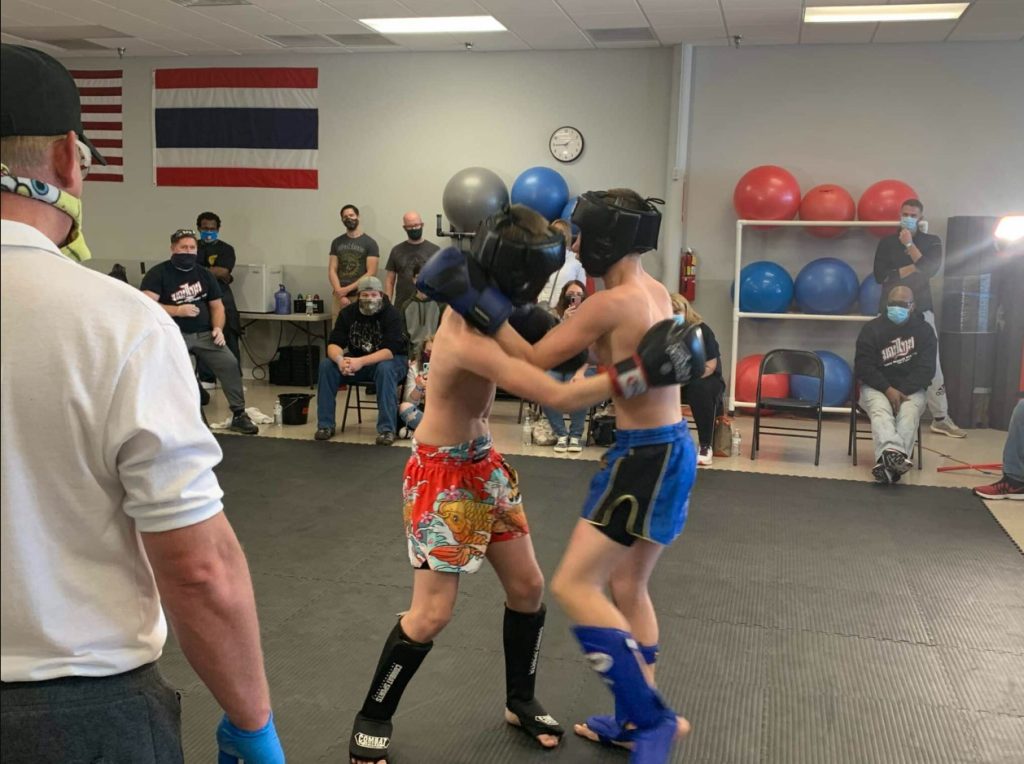Kung: Martial arts have been practiced for centuries across the globe, often shaped by the cultures and philosophies that created them. Two of the most renowned and stylistically different fighting systems are Kung Fu, a Chinese martial art rich in tradition and philosophy, and Muay Thai, the devastating and practical combat sport from Thailand. This article dives deep into their strengths, weaknesses, and real-world applications to answer the provocative question: Can Kung Fu beat Muay Thai?
Table of Contents
Origins and Philosophy
| Feature | Kung Fu | Muay Thai |
|---|---|---|
| Country of Origin | China | Thailand |
| Age | Over 4,000 years | Around 700 years |
| Philosophy | Balance, harmony, animal mimicry | Power, endurance, “Art of Eight Limbs” |
| Core Focus | Forms (kata), agility, internal energy | Strikes, clinching, conditioning |
Kung Fu is an umbrella term that includes hundreds of different styles, such as Wing Chun, Shaolin, and Tai Chi. It emphasizes fluid movement, forms (kata), and often mimics animal techniques like the tiger, crane, or snake. Philosophically, it is closely tied to Taoism and Confucianism, with a strong focus on discipline, balance, and internal energy (Qi).
Muay Thai, on the other hand, is a no-nonsense striking system that prioritizes raw power, body conditioning, and simplicity. Known as the “Art of Eight Limbs,” it utilizes fists, elbows, knees, and shins. It was historically developed for military purposes and evolved into a modern sport.
Training Approach
| Element | Kung Fu | Muay Thai |
|---|---|---|
| Sparring | Often limited or choreographed | Full-contact, realistic sparring |
| Conditioning | Variable, style-dependent | Extremely high, especially shins |
| Emphasis on Forms | Yes | No |
| Application-Based Drills | Depends on the school | Core to the system |
| Grappling/Clinch | Light or limited | Integral (clinch fighting is vital) |
Kung Fu often focuses more on form training and less on full-contact sparring, especially in traditional schools. Some modern variants and hybrid schools do include sparring, but it’s not as standardized. Muay Thai fighters, conversely, undergo grueling conditioning routines and spar regularly with intensity to build both skill and resilience.
Strengths of Kung Fu
- Variety of Techniques: Kung Fu offers a wide array of techniques—joint locks, throws, strikes, and even pressure point attacks.
- Footwork and Agility: Many Kung Fu styles are known for dynamic and evasive footwork.
- Philosophical Depth: Kung Fu often trains both the mind and body, which can improve reaction time and stress response.
Strengths of Muay Thai
- Effectiveness in Striking: Muay Thai strikes are known for their devastating power, especially low kicks and elbows.
- Clinching Ability: Fighters are trained to dominate in the clinch with knees, sweeps, and control.
- Simplicity and Efficiency: Techniques are direct, powerful, and time-tested in real combat.
Weaknesses and Limitations
| Martial Art | Weaknesses |
|---|---|
| Kung Fu | – Lack of full-contact sparring in traditional schools |
| – Some techniques are stylized and impractical | |
| – Variable quality of instruction | |
| Muay Thai | – Limited in ground fighting/grappling |
| – May lack defensive variety against unconventional styles | |
| – High injury risk due to intensity of training |
One of Kung Fu’s main criticisms is that its traditional forms and techniques don’t always translate well into live combat, especially without consistent sparring. Muay Thai, while highly effective, doesn’t teach groundwork or complex throws, which may be a disadvantage in MMA or self-defense situations involving multiple opponents.
Real-World Performance: Who Wins in a Fight?
In controlled environments like MMA (Mixed Martial Arts), Muay Thai has proven to be more directly effective. Fighters like Anderson Silva, Joanna Jędrzejczyk, and Buakaw Banchamek have showcased the brutal efficiency of Muay Thai against various martial arts styles.
Kung Fu has had fewer notable representatives in full-contact or professional arenas. However, when adapted and cross-trained (e.g., Wing Chun blended with boxing), it can be quite effective. Bruce Lee, a global martial arts icon, developed Jeet Kune Do after finding limitations in traditional Kung Fu and integrating boxing, fencing, and Muay Thai concepts.
Hybrid Fighters and Modern MMA
Modern combat sports have blurred the lines between martial arts. Effective fighters tend to cross-train. A practitioner who combines Kung Fu’s unpredictability and angles with Muay Thai’s power and clinch control could be very formidable.
| Fighter Type | Key Advantages |
|---|---|
| Pure Muay Thai | Power, conditioning, proven effectiveness |
| Pure Kung Fu | Creativity, unique angles, traditional tactics |
| Hybrid (Kung Fu + Muay Thai) | Adaptability, creativity with power |
Some modern martial artists train in Kung Fu for fluidity and deception, and Muay Thai for impact and realism. This combination leverages the best of both worlds.
Can Kung Fu Beat Muay Thai?
The answer depends on context:
In a Ring or Sport Environment:
Muay Thai is more likely to win due to its tested, pressure-resistant techniques and physical conditioning. Kung Fu techniques, while elegant, often lack the practical application needed in a high-stress, rule-based fight.
In Self-Defense:
If a Kung Fu practitioner is well-trained in application and sparring, they may have an edge in scenarios involving grabs, multiple opponents, or improvised weapons. But again, Muay Thai’s effectiveness in close-quarters and quick finishes remains formidable.
In Street Fights:
Final Verdict
Kung Fu can beat Muay Thai, but only under certain conditions—mainly when the practitioner is highly trained in practical application, has real sparring experience, and can capitalize on unpredictability or unique tactics. However, in a pure one-on-one combat scenario with equal levels of training, Muay Thai generally holds the advantage due to its emphasis on full-contact realism, physical toughness, and devastating strikes.
Summary Table: Head-to-Head
| Criteria | Winner | Reason |
|---|---|---|
| Striking Power | Muay Thai | Elbows, knees, and shins trained for impact |
| Grappling/Clinch | Muay Thai | Integrated clinch game with knees and throws |
| Variety of Techniques | Kung Fu | Includes throws, locks, and exotic strikes |
| Practicality | Muay Thai | Focus on sparring and combat effectiveness |
| Adaptability | Kung Fu | Wide style variations and angles |
| Conditioning | Muay Thai | Superior physical toughness and endurance |
| Traditional Depth | Kung Fu | Rich cultural, mental, and spiritual components |
The question isn’t whether Kung Fu can beat Muay Thai—it’s whether the practitioner can adapt, apply, and perform under pressure. In modern combat sports and self-defense, the outcome is determined more by training quality, experience, and mindset than by the style alone.


